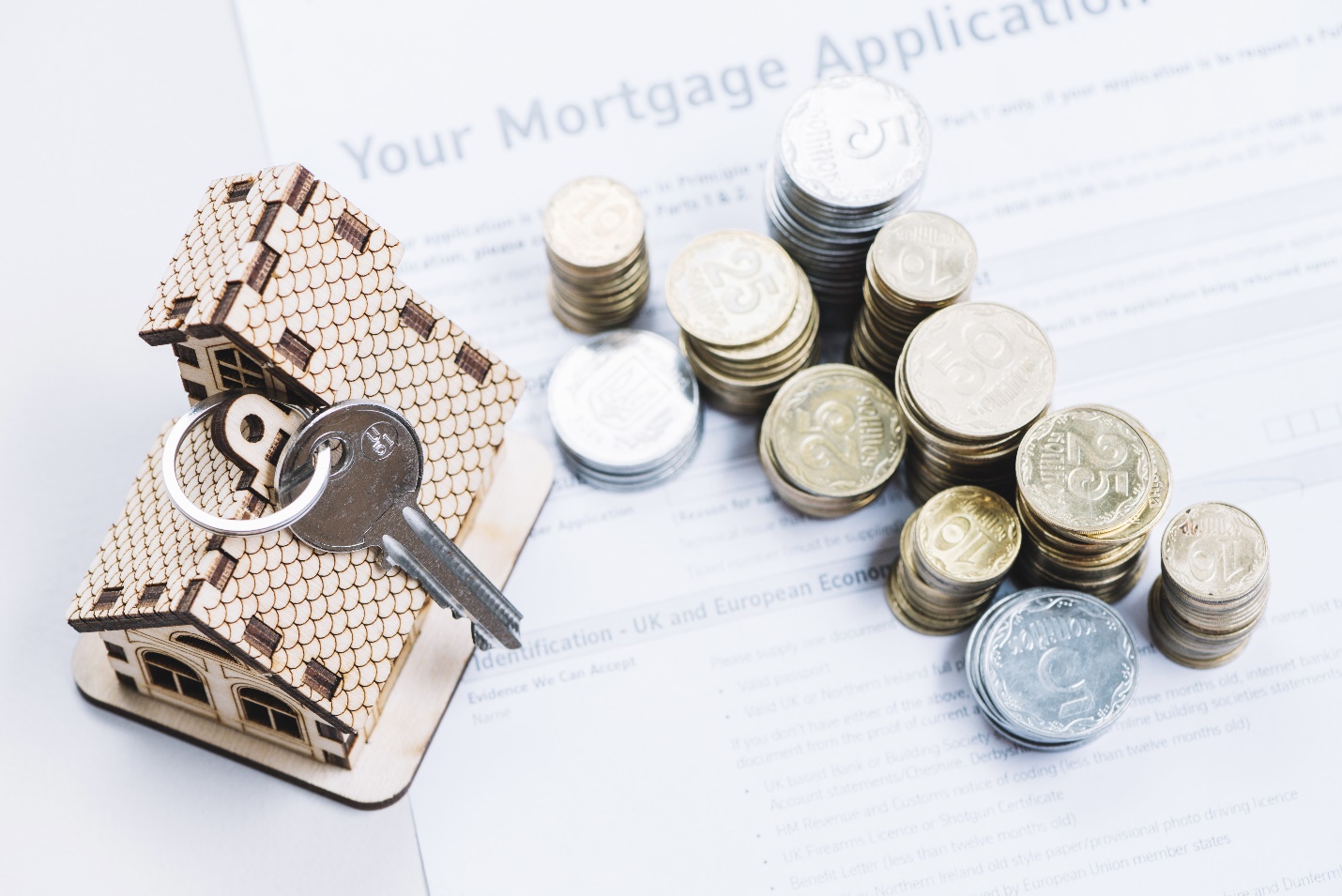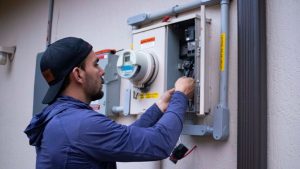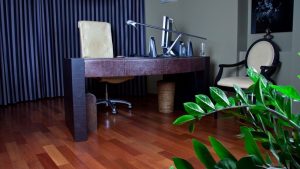If you’ve been a landlord for a while, you understand that dealing with security deposits can be one of those gray areas that make things tense between you and your tenants. And if you’re new to renting, you’ll learn quickly that security deposits are not just a way to get some extra cash “just in case.” If done right, they keep your property safe and set the scene for a clear relationship between the landlord and tenant.
In this guide, we’ll show you the right way to deal with a security deposit rent, from collecting it to returning it fairly. I’ll also share some useful tips I’ve learned over the years, including a tool I’ve come to rely on to keep everything organized.
Let’s get started.
1. What Is a Security Deposit?
Let’s go over the basics first. A landlord collects a security deposit from a renter before they move in. This is typically one to two months’ rent. If the unit isn’t left in good shape, this money will pay for any unpaid rent, damage beyond normal wear and tear, or cleaning costs.
But this is where things often go wrong: unclear lease terms, bad paperwork, or just not knowing the laws in your state can turn an effortless move-out into a full-blown fight.
2. Setting the Right Amount
There isn’t one amount that works for everyone. In most states, the maximum amount for a security deposit is one to two months’ rent. Check the laws in your area before you set a price (really, do this—some states, like California and New York, have very strict rules).
I think that asking for one month’s rent as a security deposit is the right amount. It’s enough to keep me safe without making potential tenants feel like they’re being ripped off.
Tip: Always write the amount clearly in your lease and make sure your tenant signs it.
3. Where to Store the Security Deposit
This is where many landlords trip up—yes, even the well-meaning ones.
Depending on your state, you might be legally required to keep the deposit in a separate, interest-bearing account. In some cases, you’ll also need to tell the tenant where that money is being held and how much interest it will accrue.
I made the mistake early on of just keeping the deposit in my regular bank account. Big no-no. Come tax time and move-out inspections, it was a mess. Now, I use a dedicated landlord banking tool (more on that later) that automatically separates the funds and even calculates interest where applicable.
4. Document, Document, Document
This can’t be stressed enough.
Before your tenant moves in, do a detailed walkthrough of the property—ideally with them present. Take photos of everything: walls, floors, appliances, windows. Then do the same when they move out.
One of my tenants once tried to claim that a hole in the drywall “was already there.” Luckily, I had time-stamped photos from move-in day. Dispute settled.
Use a move-in/move-out checklist and have your tenant sign it. It protects both of you.
5. Returning the Deposit (Without the Drama)
This is the part that makes or breaks your tenant relationship. Handle it poorly, and you’ll be battling a bad online review—or worse, a small claims court case.
Here’s the process I follow:
- Inspect the property within a few days of the tenant moving out.
- Look at the list and the pictures.
- Only take off money for damage that isn’t normal wear and tear, like broken blinds or a stained carpet, not faded paint.
- Give a detailed list of expenses, along with bills or estimations.
- Give back the rest of the deposit within the specified time frame set by your state (usually 14 to 30 days).
Pro tip: Communication goes a long way. A quick call or email explaining any deductions before mailing the check can ease a lot of tension.
6. Legal Pitfalls to Avoid
Let me be blunt—security deposit laws are a legal minefield. Every state (and sometimes city) has its own rules, from how much you can charge to how soon you must return the deposit.
Common mistakes include:
- Not providing a written itemized deduction list.
- Failing to return the deposit on time.
- Charging for normal wear and tear.
- Not storing the deposit in a separate account.
When in doubt, check your local landlord-tenant laws or speak with a property attorney. It’s worth the peace of mind.
7. How Baselane Simplifies the Whole Process
Now, let me share something that genuinely changed the way I manage security deposit rent and overall rental finances.
I started using Baselane a couple of years ago after juggling multiple spreadsheets, bank accounts, and email threads with tenants. Baselane is an all-in-one platform specifically designed for independent landlords. What I like about it is that it takes the guesswork out of handling deposits.
Here’s what it helped me with:
- Separate banking for each property, which makes storing and tracking deposits effortless.
- Automated bookkeeping—no more hunting down bank statements or logging entries manually.
- Rent collection with deposit tracking—tenants pay both rent and deposit through the platform, and I get a record instantly.
- It even provides insights and analytics, so I can see which properties are profitable and which are underperforming.
The best part? I no longer lose sleep trying to organize paperwork at tax time or stressing about whether I returned the deposit correctly.
This tool isn’t a magic bullet, but it makes being a responsible, efficient landlord way easier—especially when it comes to deposits.
8. FAQs About Security Deposits
Q: Can I use the deposit for unpaid rent?
Yes—but only after the lease ends, unless the tenant has abandoned the property. Always send an itemized breakdown.
Q: What counts as “normal wear and tear”?
Think faded paint, minor scuffs, or worn carpet. Holes in walls, broken fixtures, or pet damage? That’s beyond normal.
Q: Do I need to pay interest on the deposit?
Some states like Illinois and Connecticut require this. Always check local laws.
Q: What if the tenant disputes the deductions?
Try to resolve it amicably. If it escalates, small claims court is usually the next step. Your photos and documentation will be your best defense.
Final Thoughts
Taking care of security deposits for rent isn’t just about keeping yourself safe; it’s also about earning your tenants’ trust. People are more likely to take care of your assets and leave on a positive note if they think you treat them fairly and with respect.
I had to make a few mistakes and do some late-night internet searches to get it correct, but it was worth it. Now, tenants are happier, move-outs are less difficult, and I feel better knowing I’m following the law.
Whether you have one rental or a lot of them, you should learn how security deposits work in your region. And don’t be afraid to use tools like Baselane that help you maintain order and follow the rules.
Admin Recommendation
Mistakes to Avoid When Repairing Your Home






